January: Tres Tombs
Tres Tombs honours Sant Antoni Abat, the patron saint of domestic animals in Spain. It typically takes place on the Sunday after January 17th and is held in two of Barcelona’s neighbourhoods – Sant Antoni and Sant Andreu.
It begins with a parade of horses, donkeys and carts and is traditionally meant to demonstrate the strength of the animals by showing the heavy loads they can pull. These days, the boxes and bags on the carts are empty and it’s mainly for show, but many animal rights activists believe that it’s cruel and campaign each year to put a stop to the parades. After the parade, locals gather outside the local churches with their pets to get them blessed with holy water by the priest.
The night before the parade the barrio of Sant Andreu also holds the Tres Tombs Infernals – a show depicting the life of Sant Antoni complete with fireworks, bonfires and firework-wielding devils. You’ll find that these devils are a big part of most Barcelona festivals and there’s so much for fire celebrations in the year to come.
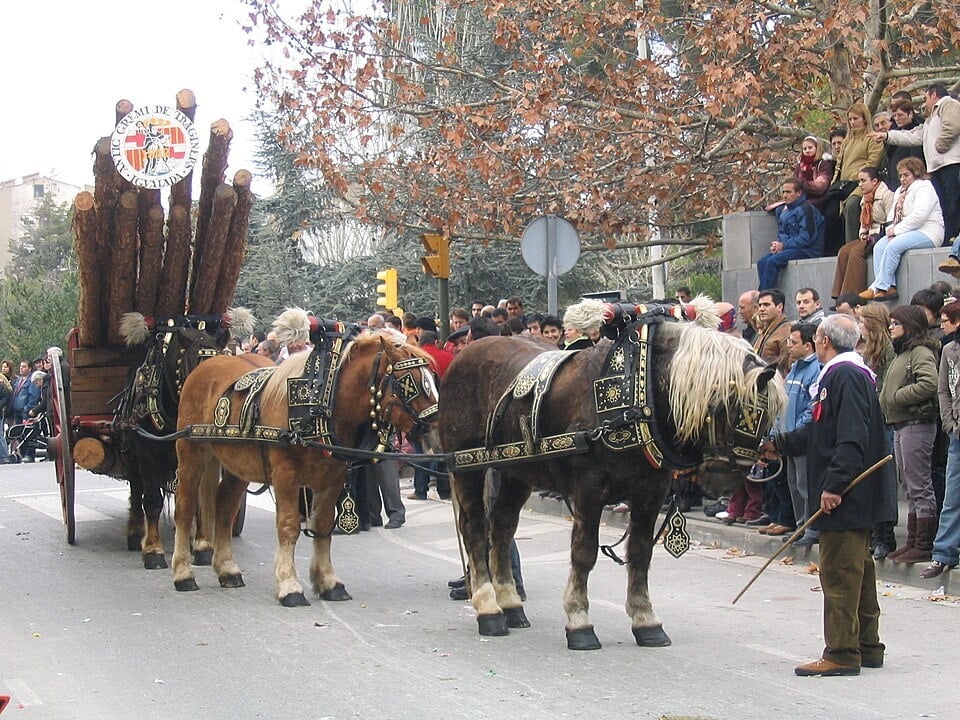
February: Llum BCN and Santa Eulàlia
Llum BCN is Barcelona’s light festival and is usually held at the beginning of February. It takes place in the neighbourhood of Poblenou, where old warehouses, car parks, hotels and other public buildings have been taken over by huge innovative light installations. It has become so popular in recent years that there are queues of up to an hour or more long to visit some of the installations.
Llum BCN is held in conjunction with the festival of Santa Eulàlia, one of Barcelona’s two patron saints. It takes place usually right after the light festival around February 12th and typically involves very traditional Catalan festivities including castellers (human tower builders), a parade of giants, a correfoc (devil fire run) and a re-enactment of the life of Santa Eulàlia in the Cathedral.
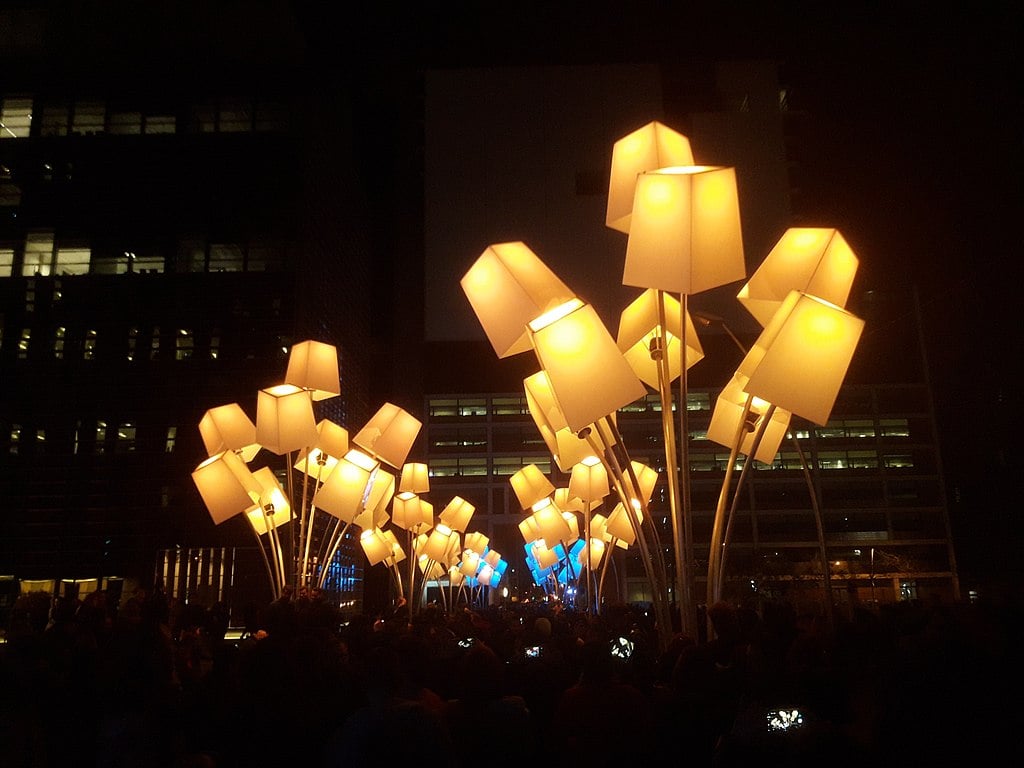
March: Sant Medir
The Sant Medir Festival is a favourite among the city’s children, mostly because it involves animals and sweets. It is held in the neighbourhoods of Gràcia and Sarrià-Sant Gervasi and celebrates the story of a local baker who lived in Gràcia. The baker suffered from a long illness and promised that if he recovered he would go on a pilgrimage to the Ermita de Sant Medir hermitage in the Collserola hills above the city. Locals gather on horseback to re-create the route he made up to the hermitage each March 3rd and throw candy out to the onlookers along the way, in order to remember him and his profession.
Important note: Many horses trampling through the streets means lots of manure and this often ends up as a very interesting concoction of roads splattered with both excrement and sweets. Although the sweets are wrapped in packaging (and even if they’re not near the manure) they may not be germ-free and you can get very sick if you eat them as one Local journalist found out.
April: Sant Jordi
Sant Jordi or Saint George is the patron saint of Catalonia and this festival not only takes place in Barcelona but all over the region on April 23rd. It is essentially a celebration of roses and books with stalls set up across the city. Roses because legend has it that when Saint George killed the dragon, a rose bush grew in the place where its blood spilt and books because April 23rd also coincides with UNESCO’s World Book Day. On average retailers sell around six million roses, and over 1.5 million books in one day just in Catalonia.
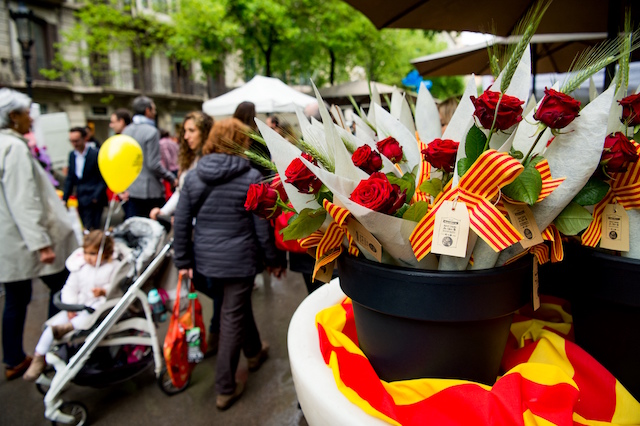
READ ALSO: Why St George’s Day is celebrated in Catalonia with roses and books
May: Nit dels Museus
The Night of the Museums take place each year around mid-May and enables visitors to see many of the main Barcelona museums for free. Most of the major museums in the city stay open late into the night, and as well as being free to enter, have a range of activities on from concerts and installations to talks and games. Museums that take part include Barcelona History Museum, the Picasso Museum, Barcelona Museum of Design and the Joan Miró Foundation, among others.
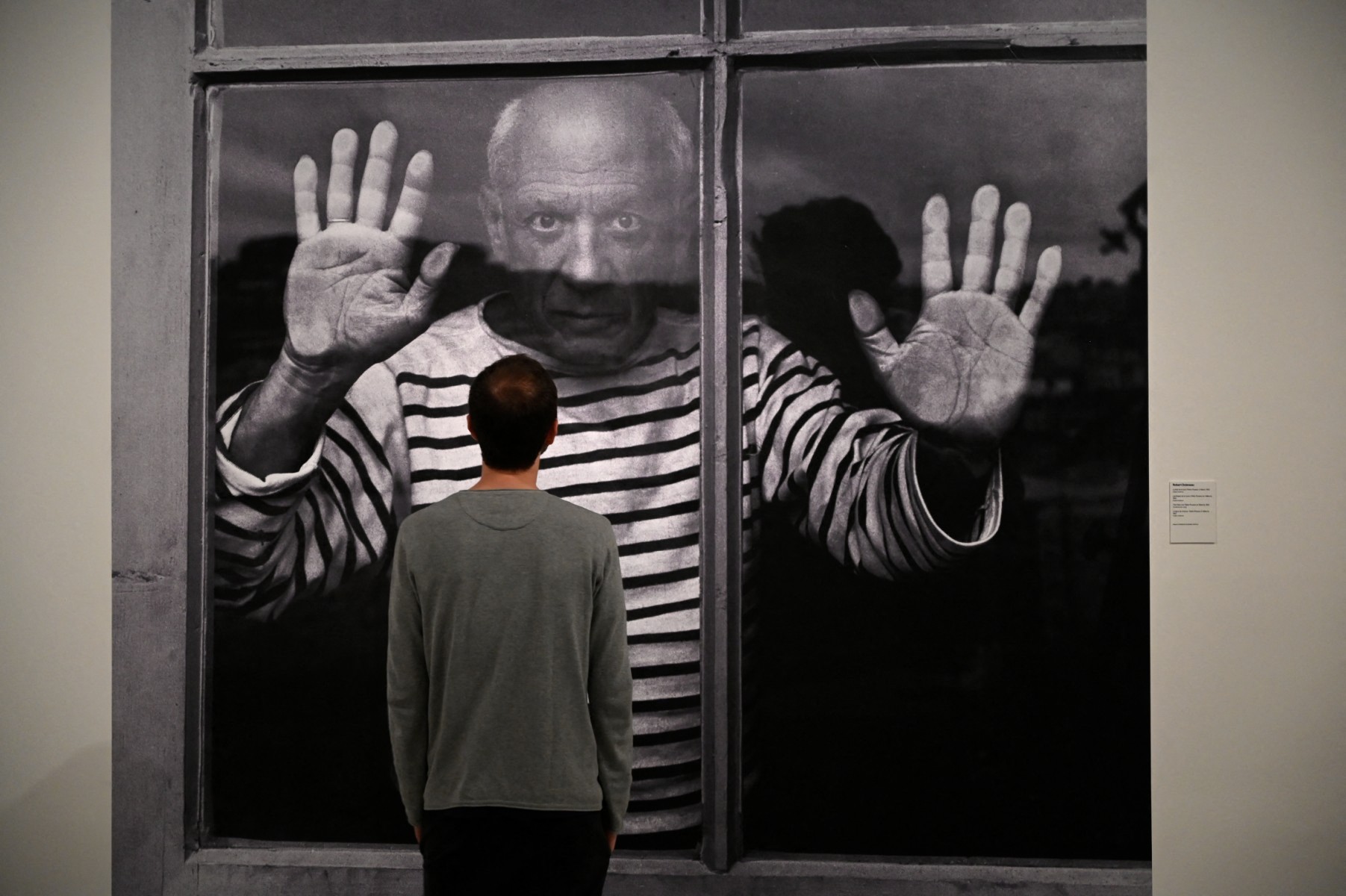
June: Sant Joan
OK so Sant Joan or San Juan isn’t just a Barcelona festival, it’s celebrated in many regions across Spain, but Barcelona is one of the best cities to experience it in. The Night of Sant Joan is held each year on June 23rd and honours Saint John, as well as the official start of summer. During this night the whole city explodes into hundreds of fiery celebrations with fireworks and bonfires in every neighbourhood. Head to the beach for a midnight picnic where fireworks are being let off in every direction, then bathe in the sea at 12am to bring good luck for the year ahead.

READ ALSO: Goats, horses and fire: the weird ways Spain celebrates San Juan
July: Grec Festival
This cultural festival comprises music, dance and theatre and takes place mainly in or around the Teatre Grec or Greek Theatre on Montjuïc hill. A huge outdoor amphitheatre, it’s one of the most atmospheric spots to watch a show in the city. Performances often have a quirky or bizarre air and are greatly inspired by contemporary styles such as those by Isadora Duncan, which is all part of its charm. Be aware, tickets sell out quite far in advance, so book ahead. It takes place for around a month from the end of June to the end of July.
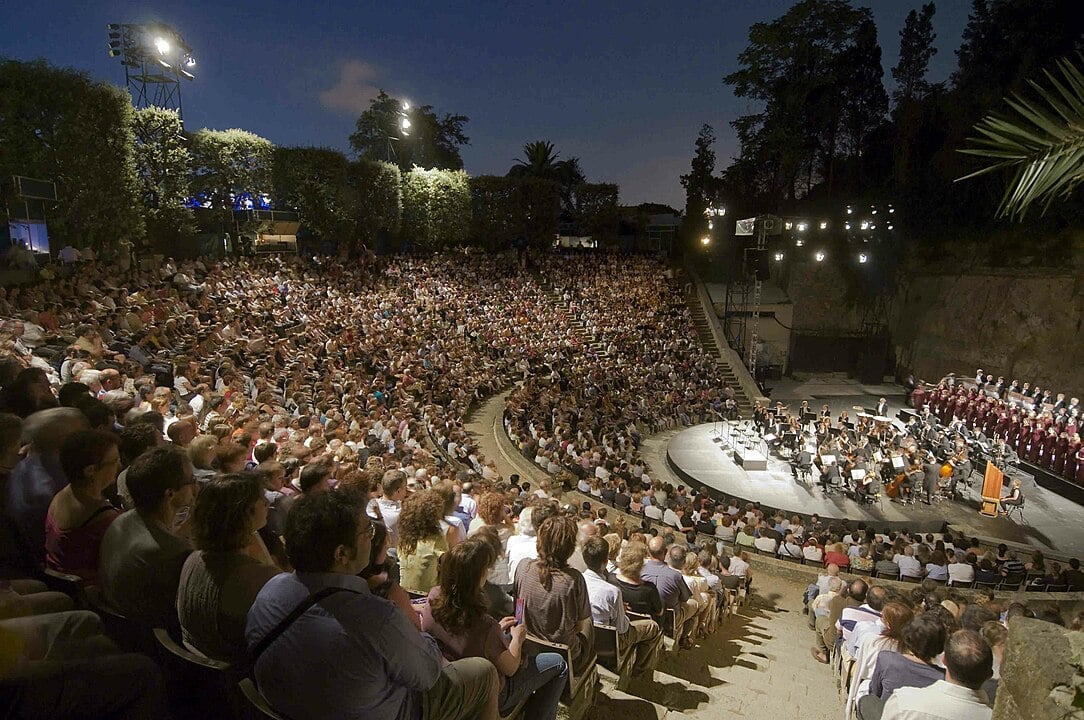
August: Gràcia Festival
Each of Barcelona’s neighbourhoods has its own festival, but the most famous and the one that attracts the most visitors is the Festa Major de Gràcia, held from August 15th to 21st every year. The main attraction is that many of the neighbourhood’s streets are decorated with various themes, all created out of recycled materials. Many are very impressive and go all out to win the yearly competition. Among these are music performances, correfocs (yes those firework-wielding devils again) and local castellers (human towers), as well as many family activities and nighttime revelries.

September: La Mercè
If each neighbourhood has its own individual festival, then La Mercè is when they all come together to celebrate as one. It honours the other patron saint of the city and takes place in the days around September 24th. There’s so much happening in the city these days, that it’s impossible to see it all. There are the BAM musical performances, the MAC festival theatre and dance shows and the acrobatic and circus performers at the Montjuïc Castle, as well as many other events, and what’s more – everything is free. There are of course the traditional parts of the festivities too – the parades of the giants or gegants, the correfocs (the biggest of the year) and castellers. It all culminates in a big a firework display on the last day.
La Diada or Catalan National Day also takes place this month on September 11th. While there are typically some concerts, it’s usually a chance for independence protesters to have their say with a big annual march.
READ ALSO – Els Castells: What you need to know about Catalonia’s human towers
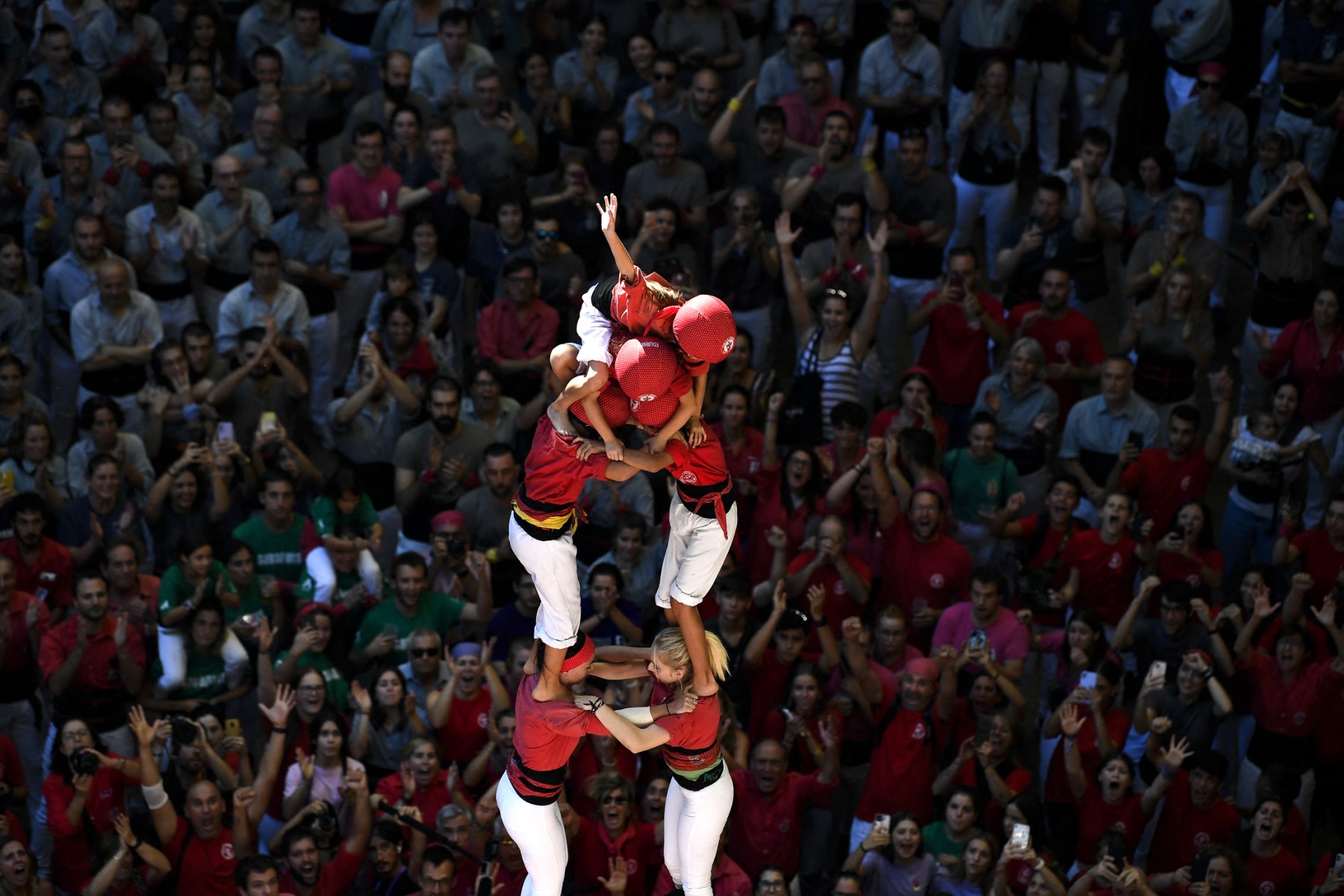
October: La Castanyada
The Castanyada or Chestnut Festival is quite tame in comparison to most Barcelona festivals and celebrates the coming of autumn. It takes place in the run-up to Halloween and All Saint’s Day. During these days you’ll see chestnut sellers on street corners across the city. Children often celebrate it at school by dressing up in peasant clothes and pretending to roast chestnuts too. Look out for the panellets at the local bakeries – almond sweets studded with pine nuts (although they can come in many flavours).
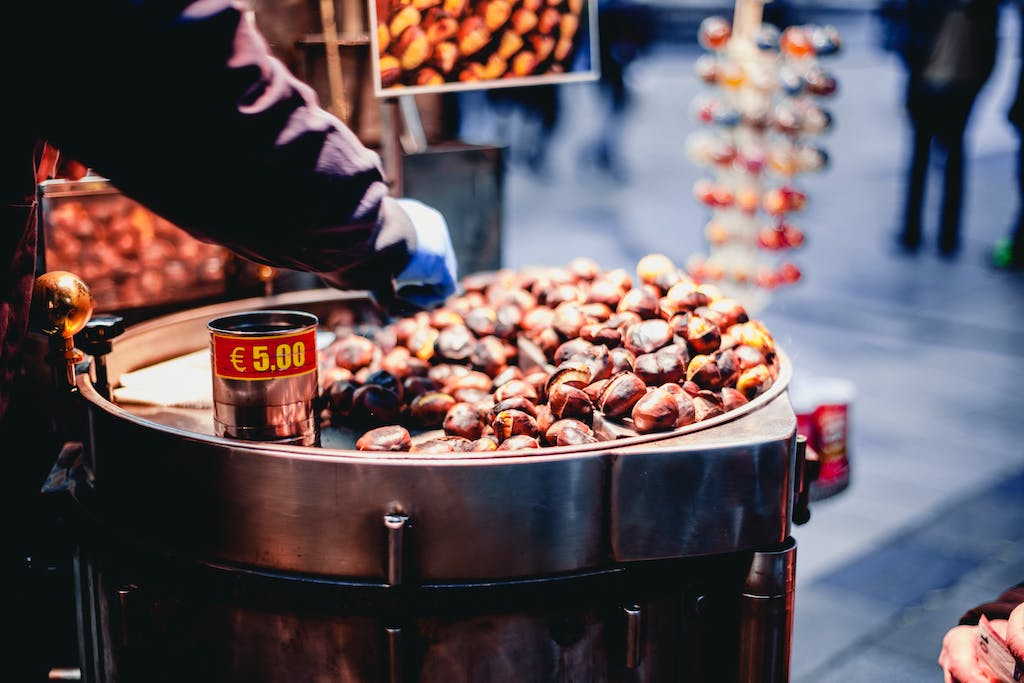
November: Barcelona Jazz Festival
There are more than 50 jazz concerts going on in the city from the end of October, through November and into the beginning of December. It attracts some big names to venues across town in clubs or theatres such as the UNESCO Palau de la Música. Tickets to each one must be bought separately.
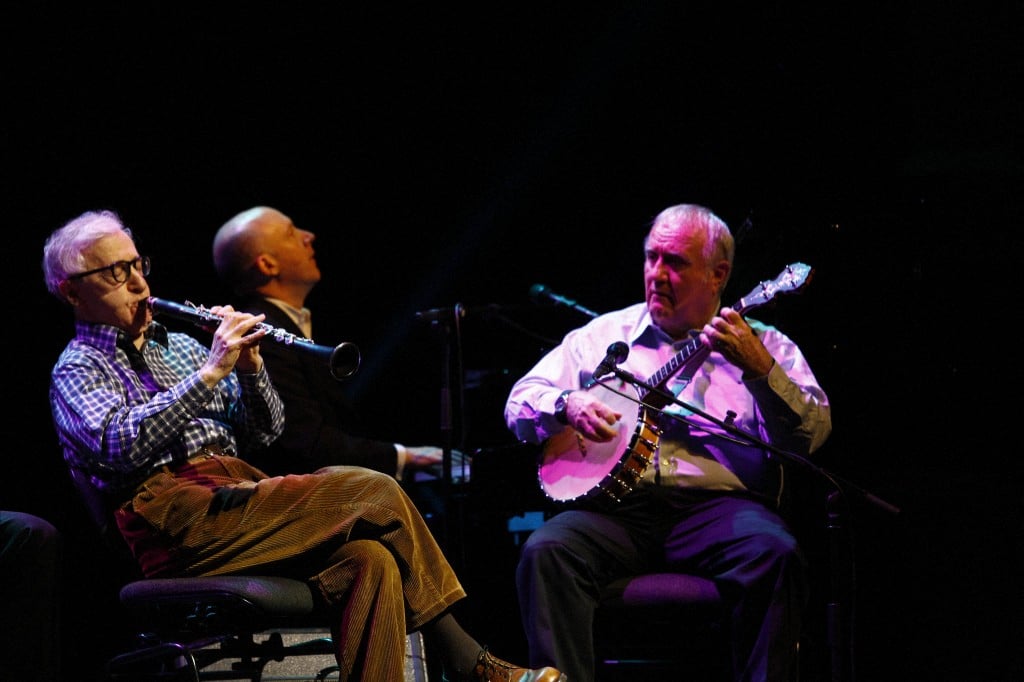
December: Fira de Santa Llúcia and Christmas
Barcelona does Christmas in a big way and one of the most traditional parts of it is the Fira de Santa Llúcia Christmas market held in front of the Cathedral during December. It has taken place since 1786 and sells trees, decorations and models for the Nativity scene or Belén as well as handmade gifts. Look out for Barcelona’s other Christmas celebrations including city lights, Llums of Sant Pau, ice rinks and Sagrada Familia Christmas market.
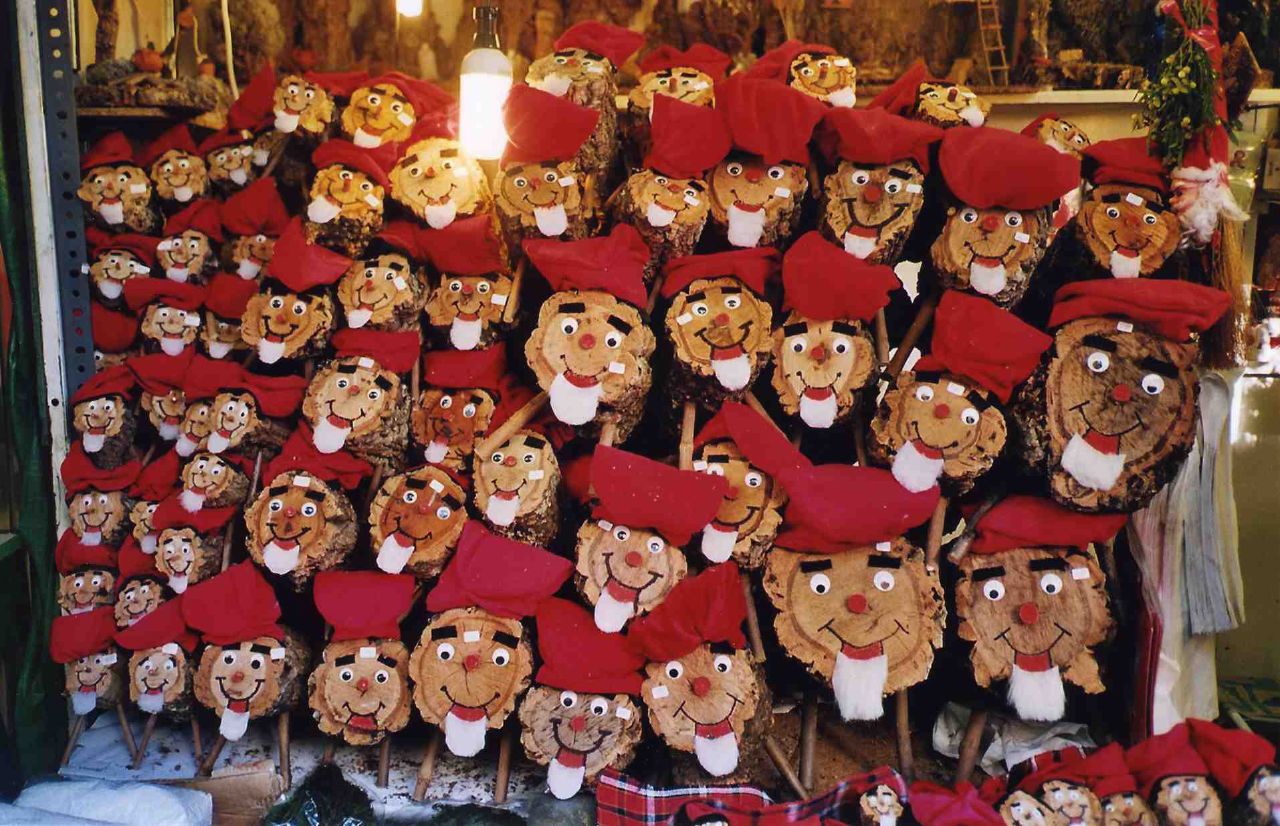

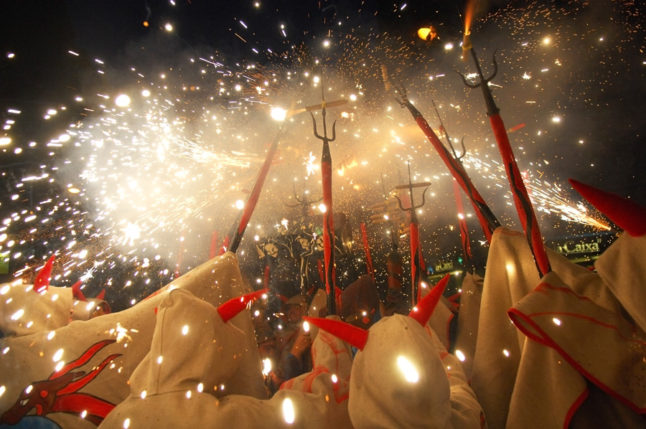

 Please whitelist us to continue reading.
Please whitelist us to continue reading.
Member comments